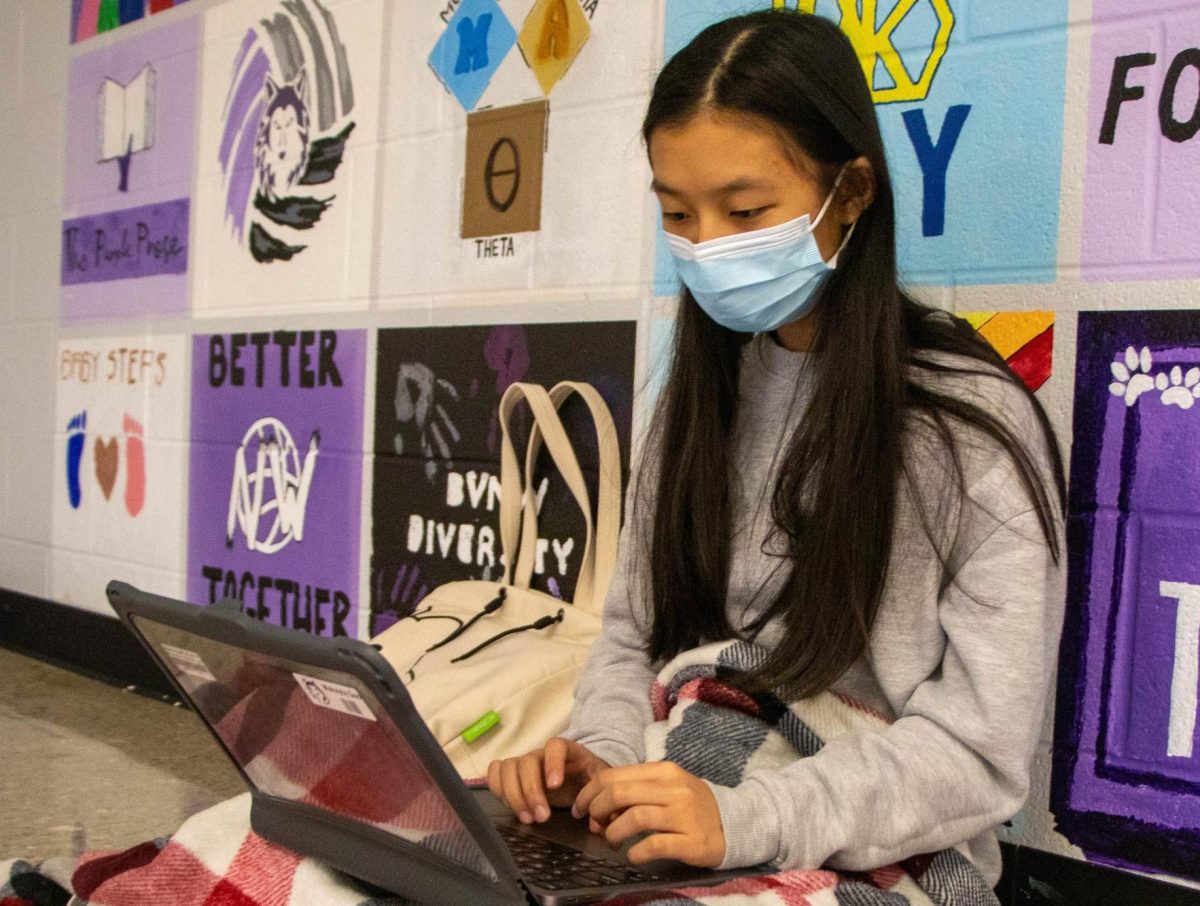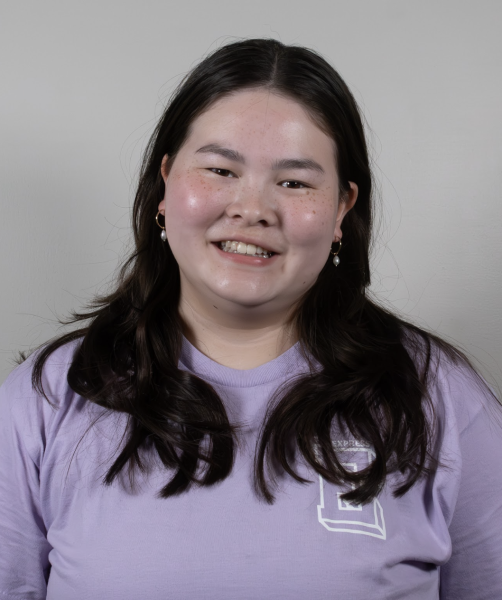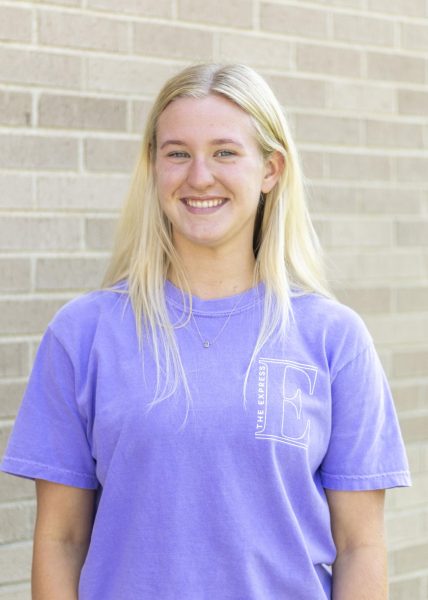We set our clocks back an hour. We eat dinner while the sky is filled with black. We study while wishing it was time for bed. As this cold, dark season is approaching, people are more susceptible to mood changes. Seasonal Affective Disorder (SAD) is a type of depression resulting in extreme fatigue, hopelessness, anxiety and a loss of passion for things one would typically enjoy during warmer months. Others may experience the winter blues which is a non-diagnosed general term used to describe occasional sadness that could be linked to something specific like stress from the holidays, weather or coming home from a vacation.
Many people do not understand that SAD and having the winter blues are not the same, which causes some to self-diagnose. SAD is a form of depression that affects daily life, typically present from late fall to the end of winter. Symptoms may include, but not be limited to sadness, sleeping problems, weight gain, withdrawl from activities and thoughts of suicide. The University of Colorado Denver stated that if one has had these symptoms for a number of consecutive years, it is best to seek help rather than self-diagnose.
Sophomore Makayla Gao said SAD affects her from late October to late March, while also dealing with a depressive disorder.
“I feel more unmotivated, or I just don’t go outside or feel like I need to do things anymore,” Gao said. “The fact that I’m a teenager now, and I’m going through a lot of different hormonal changes in my body will also affect my mental state.”
Gao said the lack of light in the winter contributes to her mood. It is much harder to get vitamin D during this time, which can lead to a decrease in happiness. Gao said she takes vitamin D to improve her health because she feels more motivated when going outside to soak up the rays. Gao also highlighted how the weather results in procrastination.
“I huddle up in a blanket, trying to do my work, but I can’t because I come up with all these excuses, like, ‘Oh, my fingers are cold, and I can’t type well, or I’m too cold. I can’t concentrate,’” Gao said. “Things really suck because it’s cold and dark.”
Vitamin D from the sun plays an important role in mental health, and it’s essential for physical health. According to WebMD, people with depression have higher chances of having vitamin D deficiency. In order to prevent this from happening, one can implement foods that are rich in vitamin D into their diets, especially during wintertime.
Blue Valley Northwest social worker, Anyssa Wells, expressed her need for vitamin D during the winter months. Because it gets darker earlier, Wells said that there are different things that can affect your mood. The most common time this can happen is during the winter, mostly because there is less sunlight and it gets darker early.
“Vitamin D is so crucial and I think just from a personal standpoint when I go in for a physical they usually check vitamin D levels, ” Wells said. “It’s very common for females especially to have lower vitamin D in their body anyway.”
“I think the biggest thing is remembering that student services is here to support students and I also think just leaning on your teachers that you have [is super beneficial],” Wells said. “Just reaching out and asking for help when you need it is my biggest recommendation.”
A poll sent out on BVNWnews Instagram showed that 68% of responders said they experience seasonal depression. Around 32% of BVNW said they do not experience this. Gao said these responses highlight how common mental illnesses are, and people should not be afraid to ask for help.
“There is at least one person in this world that would care about you. You’re not a bother to anybody, you can reach out to anyone. There’s a lot of bad things in the world, but you also have to remember there are positive things in the world,” Gao said. “If you see other people struggling, help them.”
For those struggling with SAD or the winter blues, see a therapist if possible. Talk to trusted friends and adults or call 988 if in crisis. To make an appointment with a BVNW school counselor or social worker, go to the BVNW counseling tile located on the student canvas dashboard.





